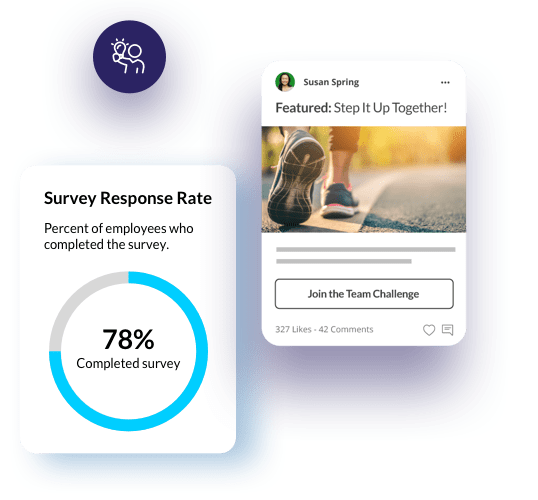Blog Post
Why We Need More Than Inclusion Riders

Explore more in Company Culture

Blog Post | Company Culture
Understanding company culture and employee engagement
Culture is the #1 factor in company success or failure. Learn what company culture and employee engagement really are — and how to develop a culture that your company (and people) need.

Blog Post | Employee Well-Being
LimeTime Session Recap: How the University of Pennsylvania Health System Creates a Culture of Care for its Employees to Thrive
Learn how a culture of care, infused by Limeade technology, lead to improved morale and overall well-being at UPHS.

Blog Post | Employee Well-Being
LimeTime Session Recap: The Evolution of Work-Life Harmony Panel
This thoughtful panel discussion explores the evolution of work-life harmony and the implications for employers in 2023.

Blog Post | Company Culture
5 ways to infuse a culture of care into your meetings
Infusing a culture of care into meetings has many business benefits—here are 5 tips to help make that happen.
Explore more blog posts from this author

Blog Post | Product Updates
Why Limeade Acquired TINYpulse
Limeade to Supercharge Listening Capabilities within World-Class Workplace Well-Being Experience Amid Increasing Investment in Employee Experience Software

Blog Post | Inside Limeade
Limeade Statement on Racial Injustice
Books, articles, podcasts and other racial justice resources to continue to learn, listen, educate and ultimately — do more.

Blog Post | Inside Limeade
2019: Year of Employee Experience
Here’s a snapshot of what our CEO shared with Limeade customers to celebrate achievements — and get excited about 2019, the year of employee experience.

Blog Post | Employee Well-Being
If You’re Not Included…How Can You Have Well-Being?
We’re a company built on market-leading innovation that supports employees — and you can't have innovation without inclusion.




